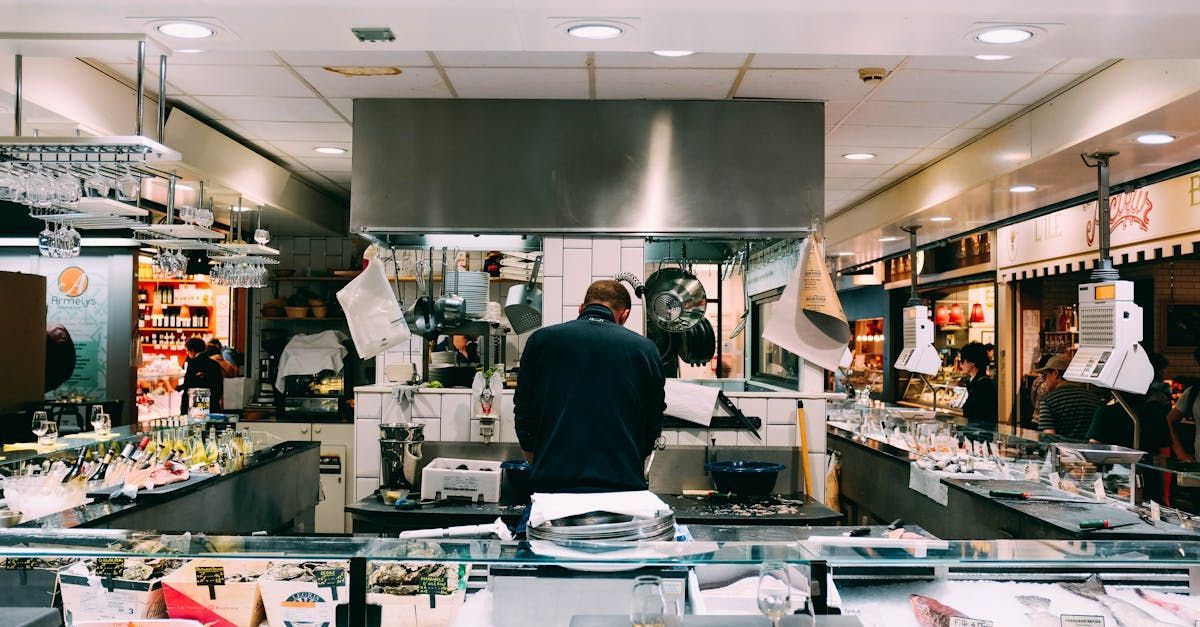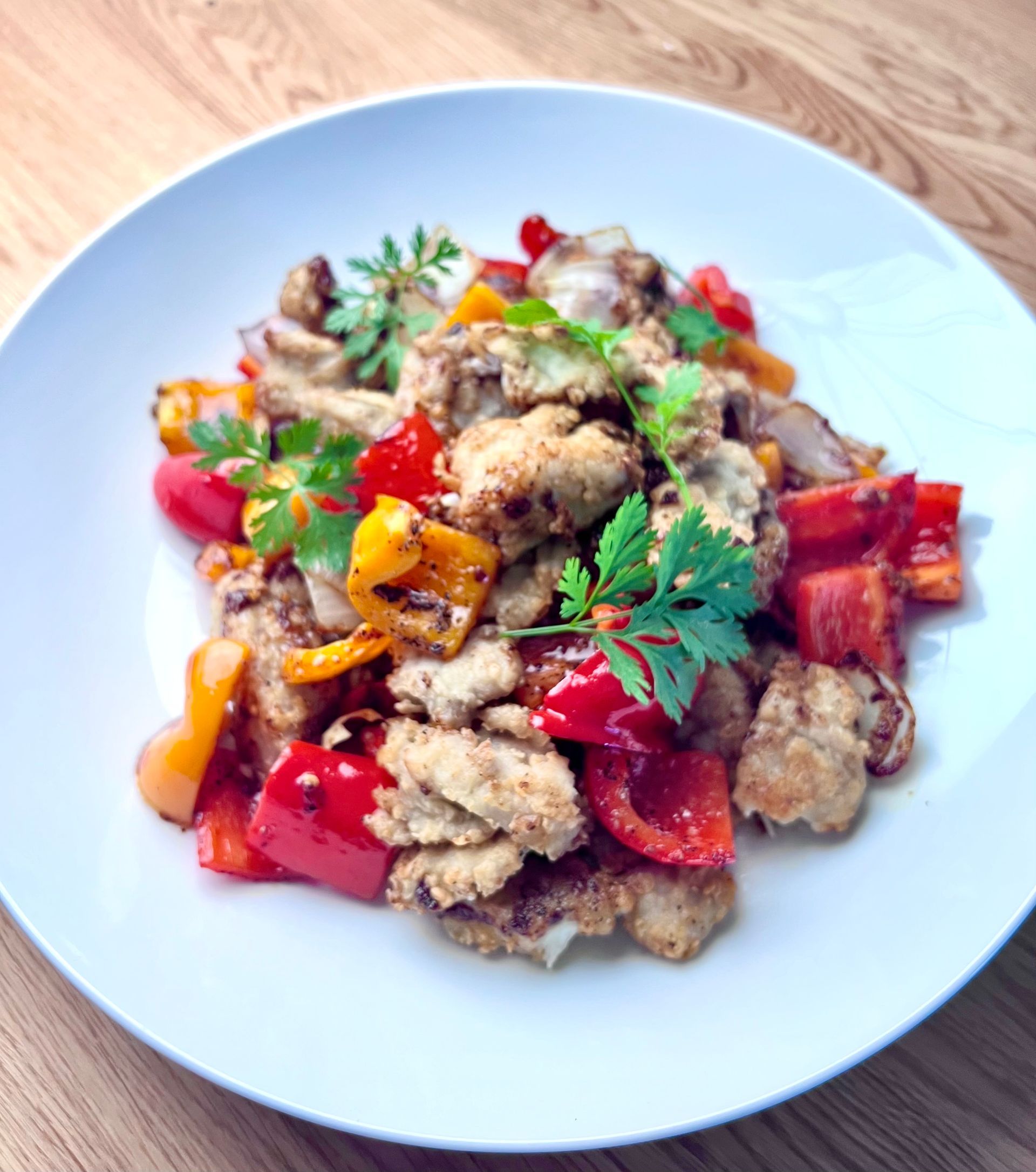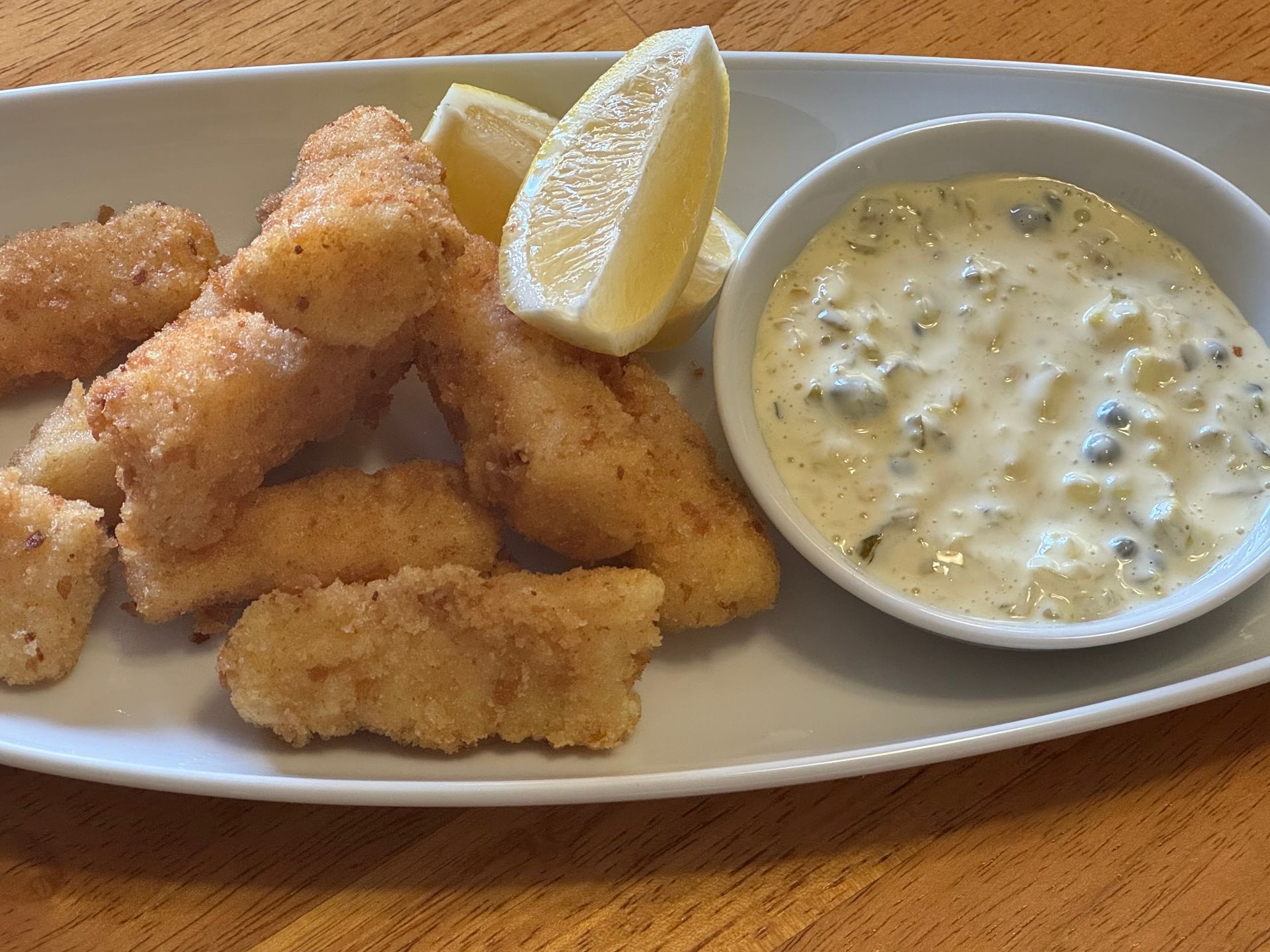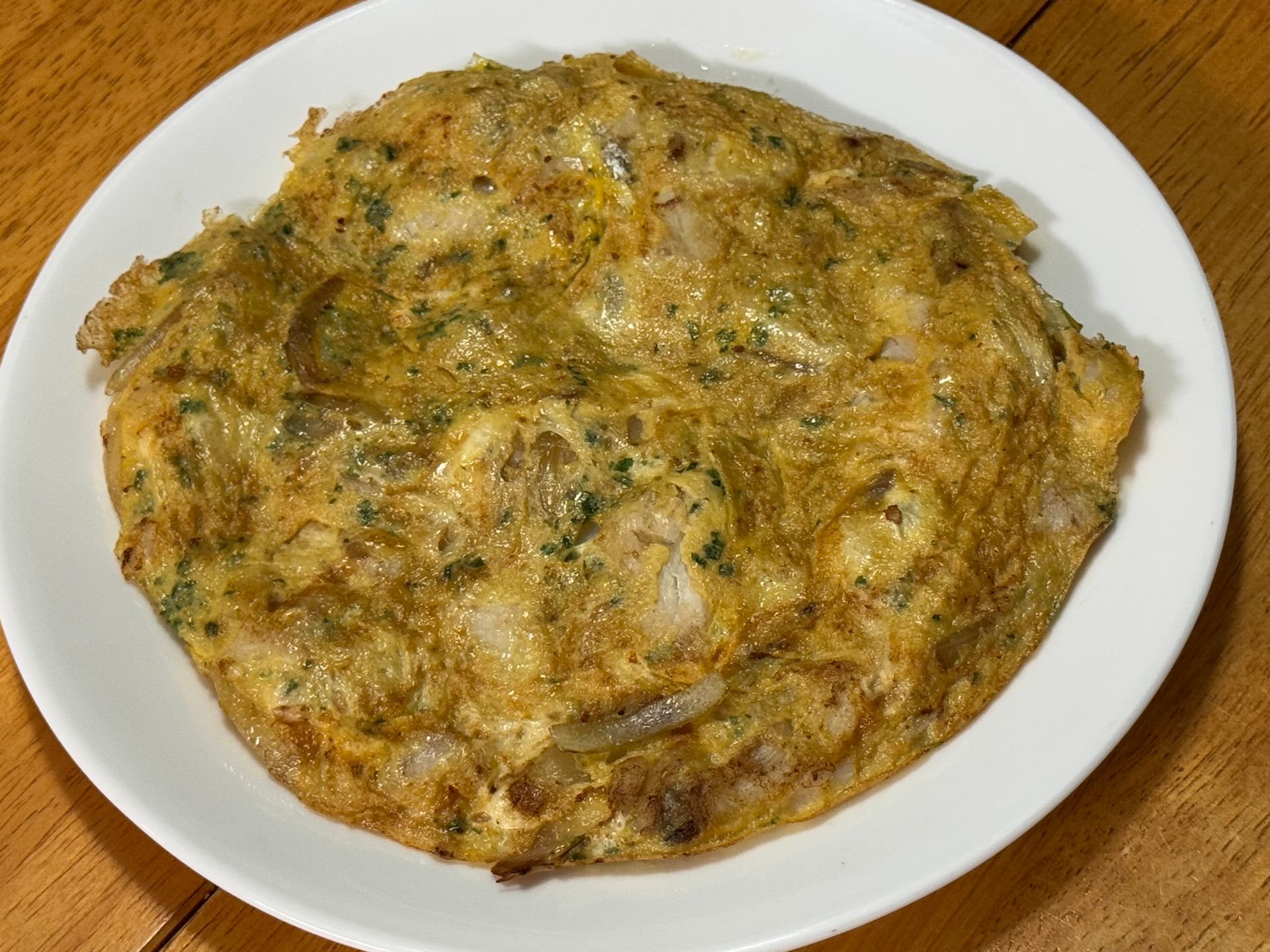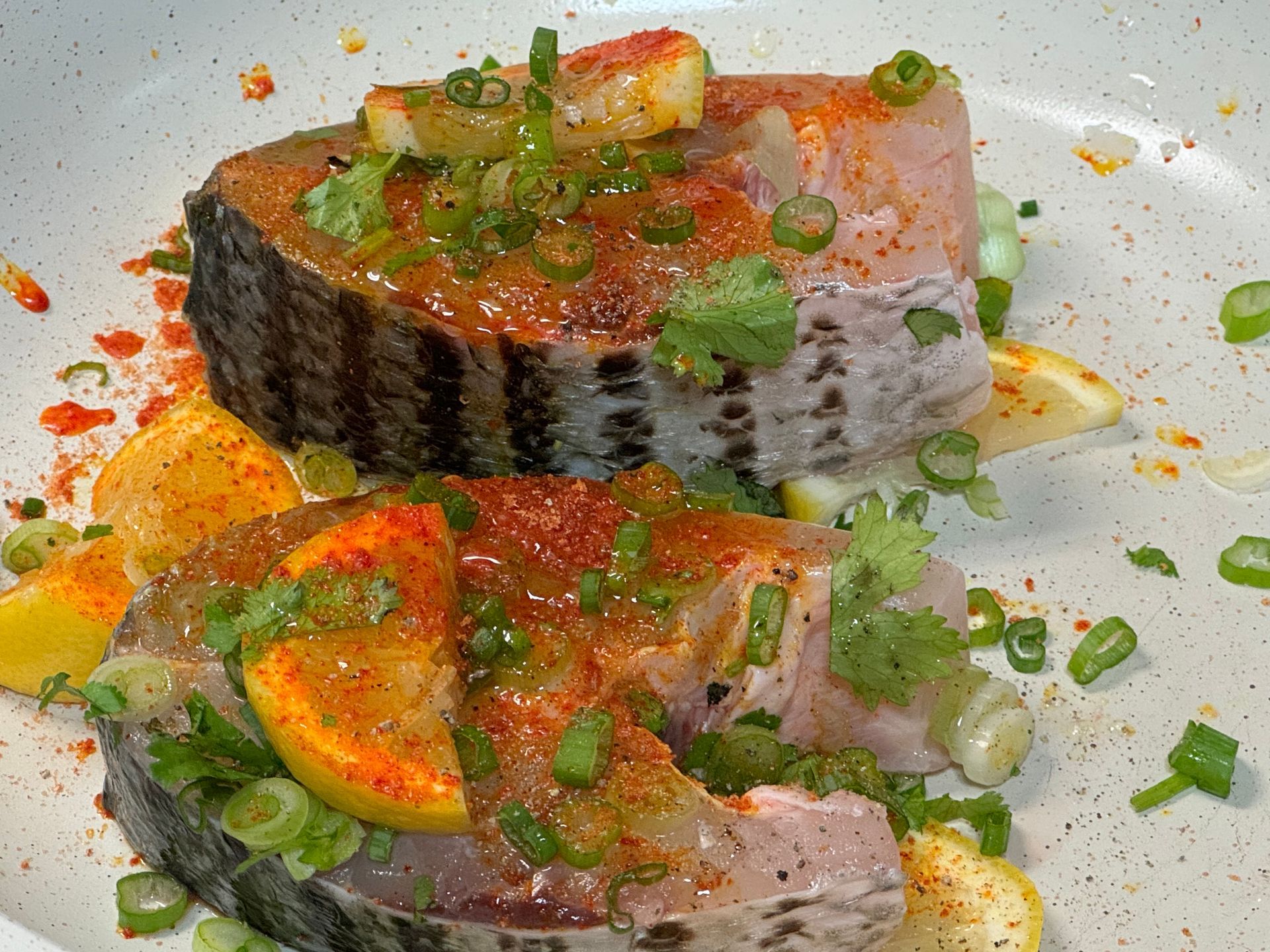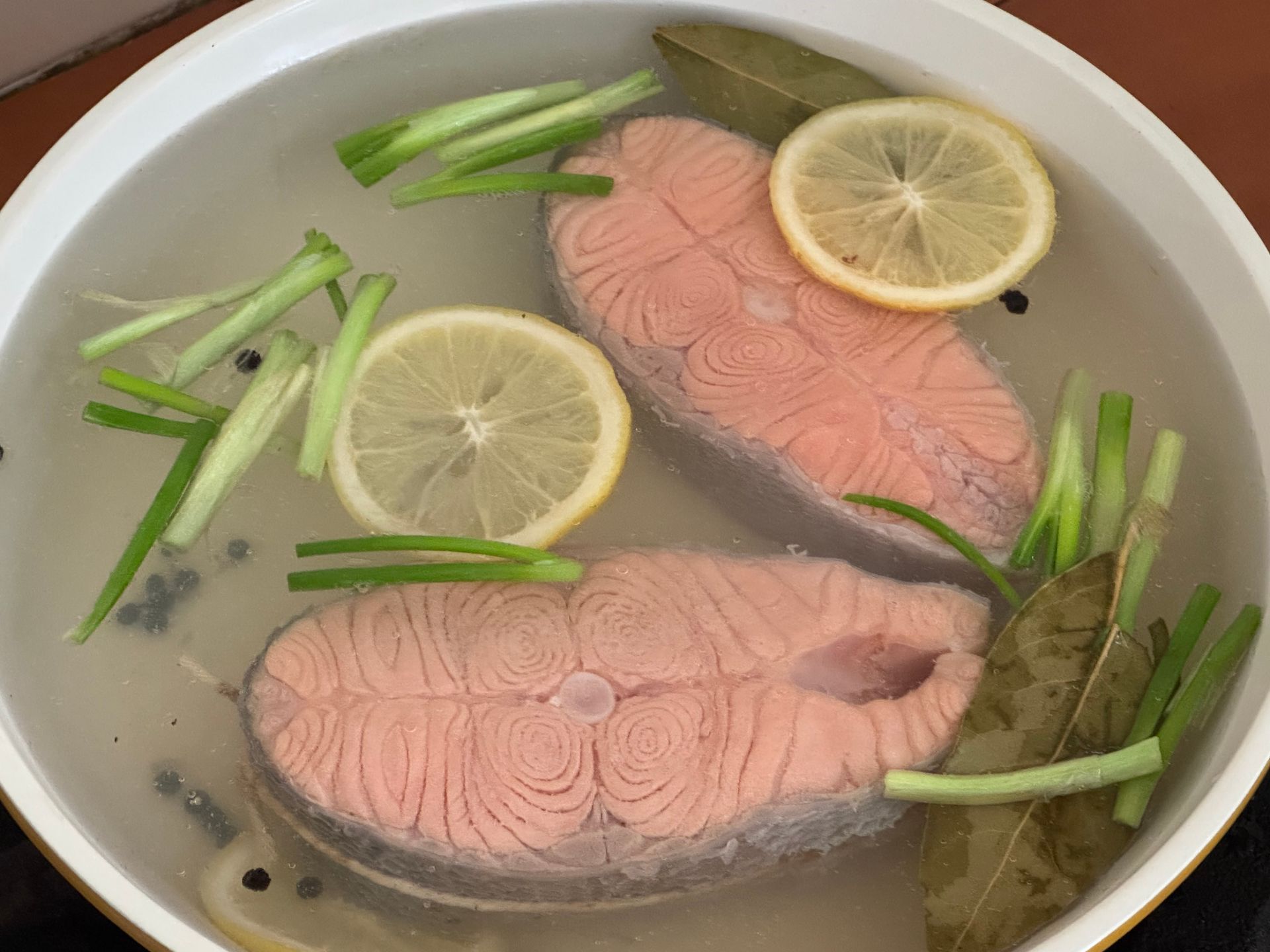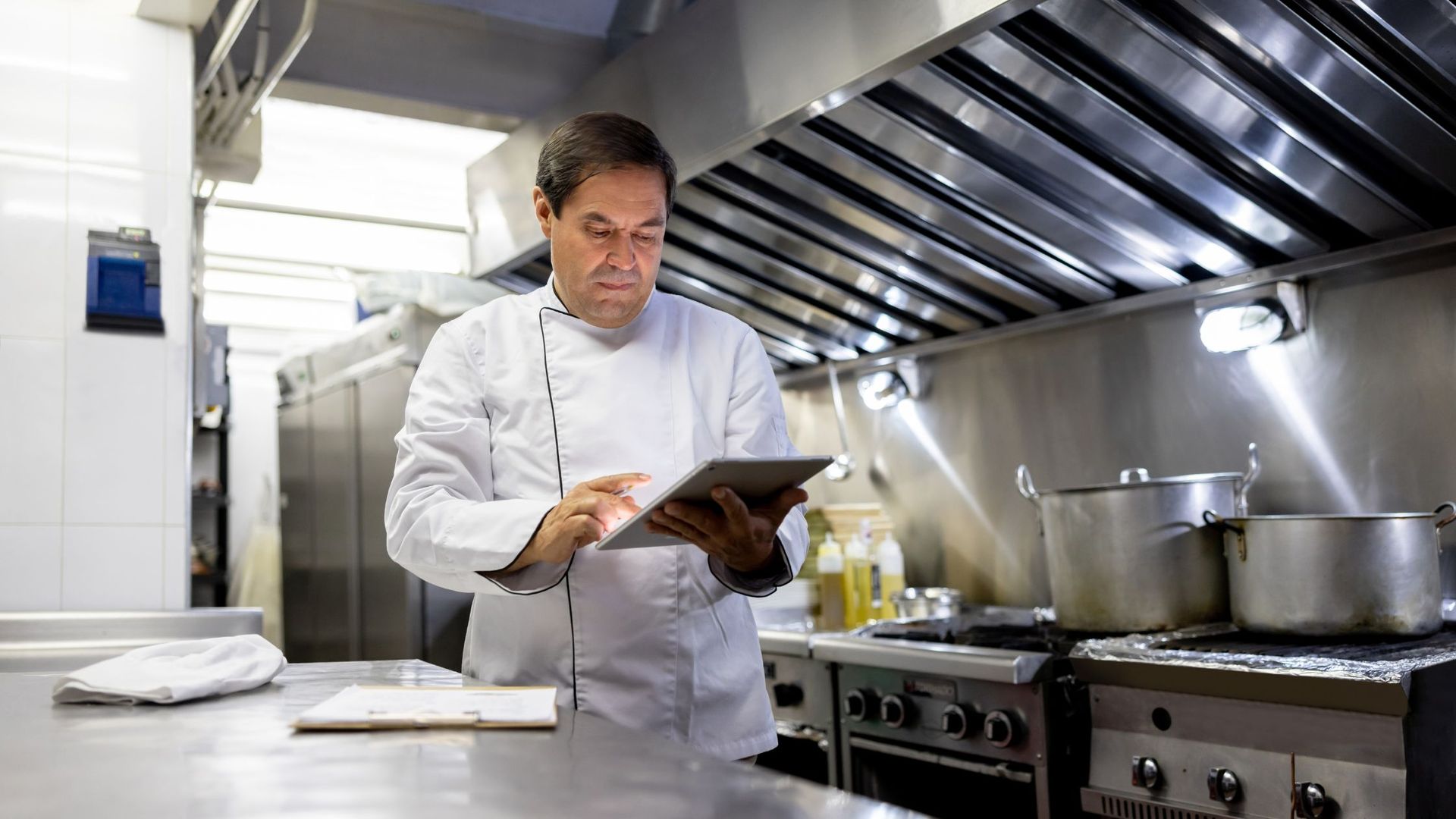The Science of Flavor Pairing: Cooking for the Senses

Crafting a memorable dining experience starts with one essential ingredient: flavor. The science of flavor pairing is a crucial aspect of restaurant menu development, combining culinary artistry with scientific principles to create memorable dining experiences.
I’ve seen how mastering flavor pairing can transform a restaurant’s menu and elevate its reputation.
This guide will walk you through the principles of flavor pairing, the techniques to apply them, and how to integrate these insights into menu development—even common mistakes you should avoid.
By focusing on the science and art behind the perfect combinations, you’ll have the tools to create innovative, memorable dishes that keep your customers coming back.
The Physiology of Taste
It’s impossible to discuss flavor pairing without a discussion of the broader theme of cooking for the senses and the organoleptic aspects of cooking.
“Much of taste I smell,” – Julia Child
In his seminal book, “The Physiology of Taste", published in France in 1825, author Jean Anthelme Brillat-Savarin made many observations and pronouncements that remain relevant today. Indeed, this book has remained one of the most popular books on food ever written.
Brillat-Savarin's famous aphorism, "Tell me what you eat, and I will tell you what you are," underscores the enduring connection between food and identity.
The author emphasized the social aspect of dining , which is still embedded in restaurant culture today. He made a strong connection between diet and health, advocating for restraint in eating. His observations about the link between digestion and mental state foreshadowed today’s research on the gut-brain connection.
But perhaps his most enduring contribution is his discussion of the multisensory nature of taste. His insights into how smell, sight, texture, and even sound contribute to our perception of food remain wholly relevant today.
The author recognized that flavor perception goes beyond the basic tastes (sweet, sour, salty, bitter, and umami). This understanding encourages chefs to consider the complex interplay of flavors when creating dishes. And that is what I also encourage and what we’ll explore today.
What is Flavor Pairing?
Flavor pairing is the practice of combining ingredients that either complement or contrast each other to create a balanced, exciting, and harmonious dish. It involves understanding taste, texture, and aroma at a molecular level, as well as leveraging cultural and historical knowledge about food combinations.
I first learned about flavor pairing as a Skills Instructor at the Culinary Institute of America (CIA). I enjoy preparing stocks and sauces very much. When teaching students about sauces, I explained complimentary sauces, using delicious, creamy Sauce Suprême with sauteed chicken as the example. When I explained contrasting sauces, I talked about pairing a fatty protein like a pork chop with Sauce Charcutière, a tangy mustard sauce with cornichons which cuts through the richness, creating a satisfying contrast. Similarly, sweet and tart flavors—like those in cranberries and turkey—work together to enhance the overall experience. The objective is to design dishes that not only taste great but also create a sense of discovery for your guests.
Why Flavor Pairing is Essential for Menu Development
Incorporating flavor pairing into your menu development process is more than a creative exercise; it’s a strategic advantage. Thoughtful and correct flavor combinations will:
- Enhance Creativity: Unlock unique and unexpected pairings that set your menu apart.
- Drive Customer Loyalty: Memorable dishes create loyal customers, encourages repeat visits and word-of-mouth recommendations.
- Ensure Consistency: A deeper understanding of flavors helps maintain quality across dishes.
- Boost Profitability: Innovative and well-paired dishes often command premium pricing.
The cuisine your restaurant serves simply tastes better!
As a restaurant owner, you know how competitive the industry is. Thoughtfully paired flavors can become your signature and differentiate your establishment from the rest.
The Building Blocks of Flavor Pairing
Understanding Basic Tastes
Every dish begins with the five basic tastes: sweet, sour, salty, bitter, and umami and sometimes kokumi*. Mastering how these elements interact is crucial to creating balance.
(*Kokumi is a Japanese word that means "rich taste" or "delicious". It's a flavor sensation that enhances the other five tastes and prolongs their flavor. Kokumi is different from umami, which has a savory, salty, brothy taste.)
For example:
- Sweetness can offset or punctuate bitterness, as seen in caramelized onions paired with bitter greens.
- Umami amplifies depth, making it a key component in dishes like Caesar salad, mushroom & truffle risotto, and meat beef broths. It affects aroma as well as flavor! Try brewing a cup of dried mushroom steeped in hot water (mushroom tea); pinch your nostrils and smell. Then unpinch and you’ll experience an umami bomb of aroma.
Complement and Contrast
Complementary flavors share similar molecular compounds, such as vanilla and chocolate, which blend seamlessly. Contrasting flavors, like spicy chili and creamy coconut milk, add excitement and complexity to the palate. Close your eyes and remember how amazing Asian curries taste on your palette.
Aromas Matter
Aroma plays a critical role in flavor perception. Ingredients that share aromatic compounds often work well together, such as basil and tomatoes. Layering herbs and spices can also create a more dynamic eating experience.
Techniques to Apply Flavor Pairing
Sadly, many cooks and chefs do not respect or understand the cuisines of the world. They choose to not follow disciplined cooking and flavor pairing techniques. As cooks, we are artists and enjoy creating new, exciting dishes to share with our customers but before one can innovate successfully, a solid expertise of proper cooking techniques paired with understanding the classic flavors and dishes of different regions of the world is necessary.
1. Balance Tastes
Strive for harmony by combining opposing tastes. For instance, a tangy vinaigrette on a salad balances the creaminess of a Brie cheese. Always adjust the intensity of flavors to avoid overwhelming the dish. You may also choose to serve a tangy vinaigrette with tangy ingredients such as olives and feta as in a delicious, classic Greek salad.
2. Experiment with Textures
Texture is as vital as taste. Contrast a crispy and crunchy toppings with creamy soups such as grilled cheese croutons with creamy tomato soup!
Texture variations engage diners and add intrigue to each bite.
3. Incorporate Seasonality
Seasonal ingredients naturally pair well, as their flavors align with the time of year. Summer tomatoes with fresh mozzarella and basil is a classic example of seasonal harmony.
4. Use Cultural Context
When fusing cuisines, it’s important to respect the origins of ingredients. Authenticity ensures that the flavors remain harmonious, rather than clashing in a way that confuses diners.
I’ve heard it said, “fusion causes confusion” and I wholeheartedly agree!
Avoiding Common Flavor Pairing Pitfalls
Even experienced chefs can stumble when experimenting with flavor pairing. Here are some common mistakes to avoid:
Overcomplicating Dishes: Simplicity is key. Chefs are notorious for wanting to add their own personal footprint on food and sometimes put in too many ingredients. It's important to audit every ingredient. Each ingredient has to earn a place on the menu. It's not about what you can add to a meal, it's what you can take away from a meal.
Forgetting Consumer Preferences: Always consider your target audience. While bold, unconventional flavors may excite chefs, they might alienate customers.
Relying Too Heavily on Trends: Use trends as inspiration but balance them with timeless techniques to create lasting menu appeal.
Beginning a meal with overpowering or spicy ingredients: A meal should flow from milder flavors to bolder flavors to avoid overly taxing the palette.
Integrating Flavor Pairing into Your Menu Development Process
Step 1: Analyze Ingredients
Start by identifying the ingredients you want to showcase. Use tools like flavor pairing databases to explore potential combinations or rely on traditional pairings for inspiration.
I'll start just by thinking about what's in season. I also like to use classic meals as a tool for staying with classic pairings. One of my favorite books is “Culinary Artistry”, by Andrew Dornenburg and Karen Page. It features ingredients and recipe pairings of some of the finest chefs.
Step 2: Plan Menu Structure
Balance your menu by including a variety of appropriate flavors and textures across courses. Avoid starting with overpowering ingredients or cooking methods which create flavors that could dominate the dining experience.
I try to make the different courses marry well together and put them in the right sequence so that you don't overpower your palate.
It’s also very important to consider flavor pairings with beverages being offered during the meal. We will cover this in future articles.
Step 3: Test and Refine
Taste-test each pairing and adjust as needed. Include staff and loyal customers in tastings to ensure your pairings appeal to a broader audience. This is also very important as professional development and training your staff in marketing your food.
Step 4: Educate Your Team
Train your chefs and servers on the principles of flavor pairing. This ensures consistent execution and empowers them to communicate the menu’s story to diners.
Step 5: Highlight Pairings on Your Menu
Use descriptive language to emphasize the thought behind your flavor pairings. For example, “Herb-Crusted Lamb with a Zesty Mint Sauce” tells diners what to expect and sparks curiosity.
Conclusion
Flavor pairing is about more than taste. As Jean Anthelme Brillat-Savarin told us in 1825, flavor is about the whole experience: sight, smell, texture, and even sound. It is both a science and an art, offering endless opportunities for creativity and innovation. And it requires discipline.
By understanding the principles of taste, texture, and aroma, and applying them thoughtfully to your menu, you can elevate your restaurant’s offerings and delight your guests.
At TWG Consulting, we’re passionate about helping restaurants harness the power of flavor pairing in our menu development process to achieve success and create a memorable dining experience.
Are you ready to transform your menu with the science of flavor pairing? Book a free consultation to get started.

